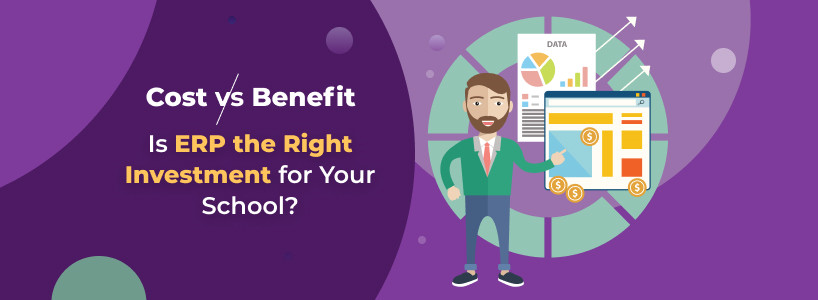In todays rapidly evolving educational landscape, schools face growing challengesfrom administrative inefficiencies to rising expectations of parents and students. One solution thats gaining traction is Enterprise Resource Planning (ERP) software, tailored specifically for schools. But with the investment it demands, school leaders often ask: Is ERP truly worth the cost?
Lets explore the cost-versus-benefit analysis of ERP implementation in schools and determine whether its the right choice for your institution.
Understanding ERP for Schools
ERP software integrates various functions of an educational institutionsuch as admissions, attendance, fee management, examination systems, communication tools, and staff managementinto a single platform. Instead of managing operations across multiple systems or spreadsheets, schools can streamline processes under one unified system.
Modern school management software is not just a luxuryits becoming a necessity. With digitization accelerating post-COVID, paperless administration and real-time data access are key components of a successful school management strategy.
The Cost Side of ERP
Implementing an ERP system in a school involves several costs:
- Initial setup and licensing fees: Depending on the vendor, this can range from modest to high, especially if customization is needed.
- Training and onboarding: Staff must be trained to use the new system effectively, which requires time and money.
- Maintenance and support: Most ERP vendors offer ongoing technical support and software updates for an annual fee.
For small or budget-constrained schools, these expenses may seem overwhelming. However, costs must be considered in the context of long-term value.
The Benefit Side of ERP
Despite the initial investment, ERP solutions can offer significant long-term returns:
- Operational Efficiency: Automates routine tasks, freeing staff to focus on core education goals.
- Real-Time Access: Teachers, students, and parents can access information anytime, improving transparency and communication.
- Data Accuracy: Reduces manual errors, especially in fee collection, grading, and attendance.
- Compliance and Reporting: Helps with government reporting and auditing, minimizing legal or administrative risks.
- Scalability: ERP systems grow with your school, making it easy to manage multiple campuses or expanding student populations.
These benefits translate into higher productivity, improved stakeholder satisfaction, and cost savings over time.
Is It Right for Your School?
The decision to implement ERP for education institutions depends on factors such as your schools size, budget, and specific pain points. Large schools with complex administrative needs will benefit more immediately. Smaller institutions may need to assess phased implementation or cloud-based models to reduce upfront costs.
- Before investing, schools should:
- Conduct a needs assessment.
- Compare different ERP solutions and vendors.
- Request demos and trials.
- Analyze the return on investment (ROI) over a 35 year horizon.
Conclusion
While ERP systems come with a price tag, their long-term benefitsefficiency, transparency, and scalabilityoften outweigh the initial costs. For forward-thinking schools ready to embrace digital transformation, ERP is not just an expenseits a strategic investment in future-ready education.
